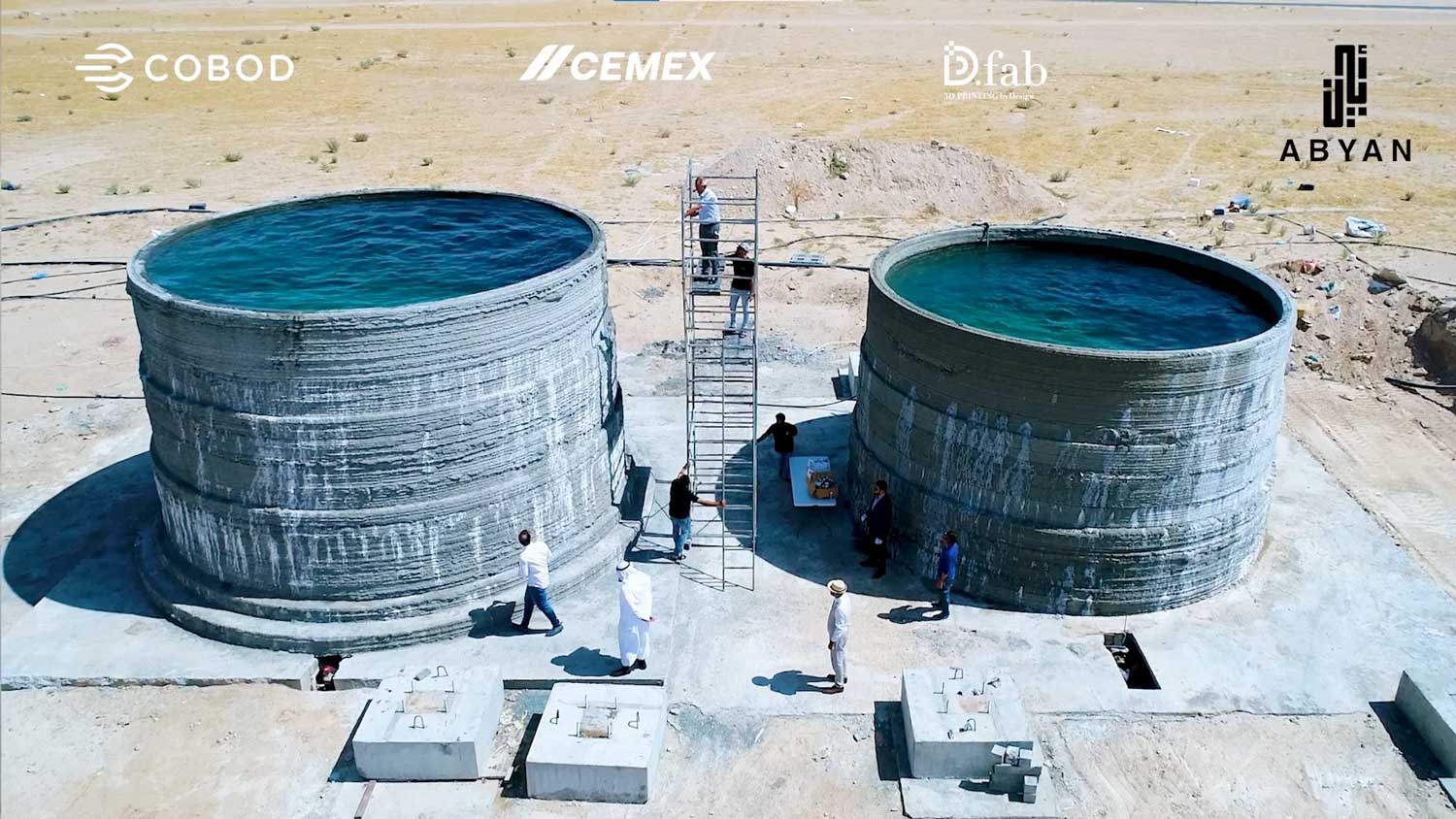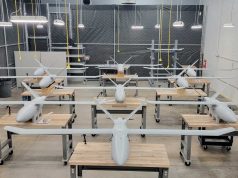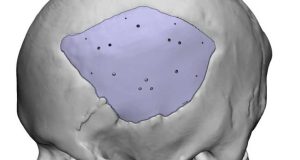The world’s first on-site 3D printed large water tanks were built by Abyan in Kuwait using a COBOD 3D printer, requiring 25% less concrete compared to cast tanks.
In the traditional construction of large tanks using formwork and concrete, the walls have to be the same thickness everywhere, as the formwork does not allow for varying wall thickness. In contrast, 3D printing allows the wall thickness to be adjusted according to structural requirements. In addition, the lower wall areas, which are exposed to higher loads, can be reinforced and the upper walls can be made thinner. This saves material and makes the construction more economical and sustainable.
The same principle was applied to the project in Kuwait, where a tank was printed with a wall thickness of 40 cm at the bottom, 30 cm in the middle and 20 cm at the top, resulting in a 25% reduction in concrete and reinforcement compared to a continuous 40 cm thick wall construction. The tanks were printed with a low-cost, on-site mixed C40/50 concrete solution, using technology and equipment from CEMEX and COBOD. Almost all raw materials were sourced locally. To further reduce the construction time, macrofibers were used to reinforce the concrete, an innovation in 3D construction printing.
Henrik Lund-Nielsen, Founder & General Manager of COBOD said: “Abyan pursues real innovations, which we really want to support and they wanted to try to avoid using any hard reinforcement in the walls, and just add fibers to the concrete. Of course, this challenged us a lot, but together with Cemex, the three of us were able to find a very good solution, which now can be replicated elsewhere in the future”.
Dr. Ahmad Al-Nassem,professor of structural engineering at Kuwait University, said: “It is in the DNA of Abyan to be innovative. Abyan is wholeheartedly committed to revolutionizing the construction industry at large by integrating cutting-edge 3D printing technology within concrete construction along with innovative solutions in design and construction materials, bringing forth a new era of efficiency and sustainability. So, when all of our calculations showed that with 0,95% macro fibers in the concrete, we could remove all hard reinforcement of the tank walls, we were keen to prove this new design concept with a real-life project”.
The success of the project for Kuwait United Poultry Company, which resulted in significant cost and time savings, encourages the company to continue using 3D printing to build tanks in the future to meet the needs of their numerous chicken farms in Kuwait.
Mr. Muhammad Al-Hussain said: “We are very happy about the results of this project and for the huge savings in time. We will surely repeat this method in the future and get more 3D printed tanks for our many chicken farms”.
Subscribe to our Newsletter
3DPResso is a weekly newsletter that links to the most exciting global stories from the 3D printing and additive manufacturing industry.























